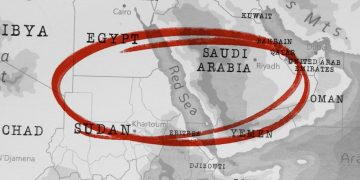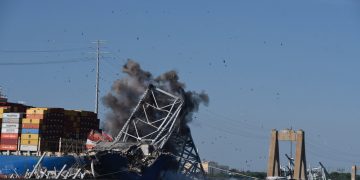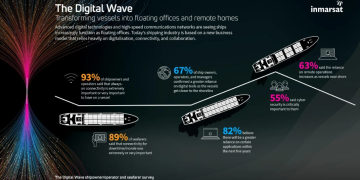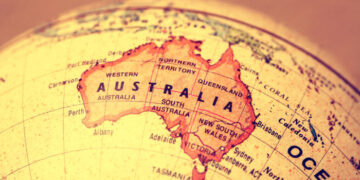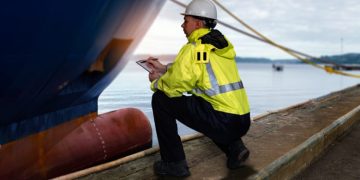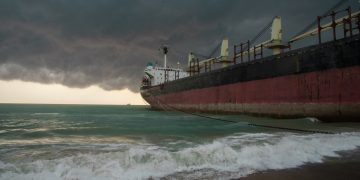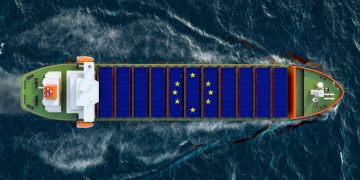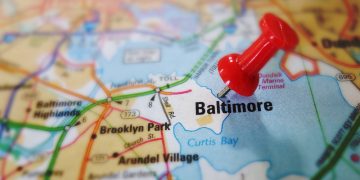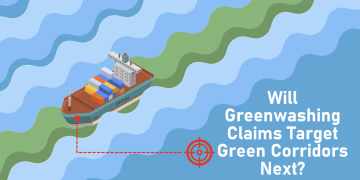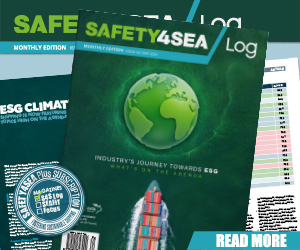Japan Tsunami Debris Forecast Discussed By Scientists
3 million to 4 million tons of debris into the ocean Tsunamis generated by the magnitude-9 earthquake in Japan last March dragged 3 million to 4 million tons of debris into the ocean after tearing up Japanese harbors and homes.Scientists believe ocean currents are carrying some of the lumber, refrigerators, fishing boats and other objects across the Pacific toward the United States.One to 5 percent of the 1 million to 2 million tons of debris still in the ocean may reach Hawaii, Alaska, Oregon and Washington and British Columbia, said University of Hawaii senior researcher and ocean current expert Nikolai Maximenko.That's only a portion of the 20 million to 25 million tons of debris the tsunamis generated altogether, including what was left on land.Maximenko plans to discuss Tuesday at a news conference his latest estimates for where the debris is and when it may wash ashore. Last year, his team estimated debris could arrive in Hawaii in early 2013.Some debris appears to have already arrived in the U.S., like a half-dozen large buoys suspected to be from Japanese oyster farms found in Alaska late last year.Nicholas Mallos, conservation biologist and marine debris specialist for the Ocean Conservancy, said many of ...
Read more



